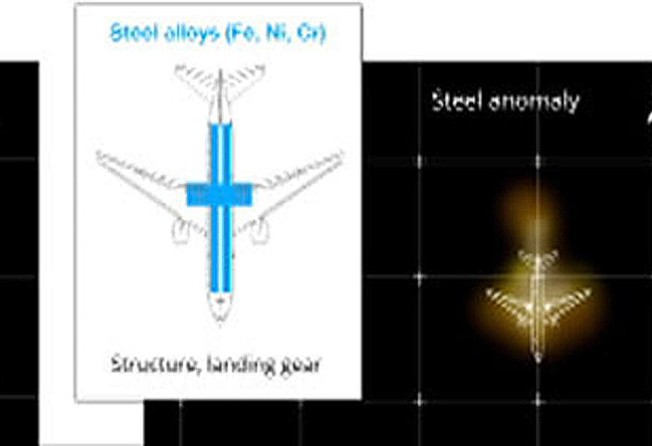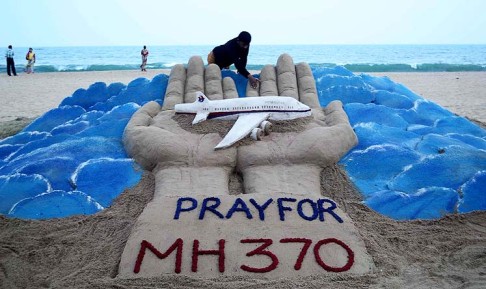Searchers dismiss possibility wreckage found in Bay of Bengal is from MH370
Australian geophysical survey company that may have discovered MH370 debris in March thousands of miles from current search zone questions why claim was dismissed

The Australian agency heading up the search for the missing Malaysian jet has dismissed a claim by a resource survey company that it found possible plane wreckage in the northern Bay of Bengal.
The location cited by Australia-based GeoResonance is thousands of kilometres north of a remote area in the Indian Ocean where the search for Flight MH370 has been concentrated for weeks.
“The Australian-led search is relying on information from satellite and other data to determine the missing aircraft’s location. The location specified by the GeoResonance report is not within the search arc derived from this data,” the Joint Agency Co-ordination Centre (JACC), which is heading up the search off Australia’s west coast, said in a statement on Tuesday. “The joint international team is satisfied that the final resting place of the missing aircraft is in the southerly portion of the search arc.”
GeoResonance stressed that it is not certain it found the Malaysia Airlines plane which vanished on March 8 during a flight from Kuala Lumpur to Beijing, but called for its findings to be investigated.
“The company is not declaring this is MH370, however it should be investigated,” GeoResonance said in the statement.
The company uses imaging, radiation chemistry and other technologies to search for oil, gas or mineral deposits. In hunting for Flight MH370, it used the same technology to look on the ocean floor for chemical elements that would be present in a Boeing 777: aluminium, titanium, jet fuel residue and others.
GeoResonance compared multispectral images taken March 5 and March 10 – before and after the plane’s disappearance – and found a specific area where the data varied between those dates, it said in a statement. The location is about 190 kilometres south of Bangladesh.
The company said it had passed on the information to Malaysian Airlines and the Malaysian and Chinese embassies in Australia on March 31, and to the JACC on April 4.

“The company and its directors are surprised by the lack of response from the various authorities,” GeoResonance said.
“This may be due to a lack of understanding of the company’s technological capabilities, or the JACC is extremely busy, or the belief that the current search in the Southern Indian Ocean is the only plausible location of the wreckage.”
Malaysian Defense Minister Hishammuddin Hussein said on Tuesday that China and Australia were aware of the announcement. “Malaysia is working with its international partners to assess the credibility of this information,” a statement from his office said.
“Malaysia is working with its international partners to assess the credibility of this information.”
India, Bangladesh and other countries to the north have said they never detected the plane in their airspace. The jet had contact with a satellite from British company Inmarsat for a few more hours, and investigators have concluded from that data that the flight ended in the southern Indian Ocean.
No wreckage from the plane has been found, and an aerial search for surface debris ended on Monday after six weeks of fruitless hunting. An unmanned submarine is continuing to search underwater in an area where sounds consistent with a plane’s black box were detected earlier in April. Additional equipment is expected to be brought in within the next few weeks to scour an expanded underwater area. That search could drag on for eight months.
